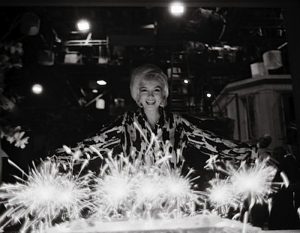
Frank Stella
Polar Coordinates VII (hand-painted trial proof)
1980
Mixed media – lithograph and screenprint in colors with hand-coloring in tempera, acrylic metallic paint, gouache and crayon
38 x 38 1/2 in.
Unique
Pencil signed & dated
About the work:
Frank Stella is widely known for his concern with geometry, precision and rationality that characterize Minimalism. By the late 1970’s, his work had evolved to become more complex with visible brushstrokes and experimentation with combinations of shapes, colors and printing techniques. Despite his progression towards more dynamic work, the grid base of Stella’s earlier creations remained an integral element of his style.
This week’s Work of the Week! WOW! is Polar Coordinate for Ronnie Peterson – VII, a hand-painted, mixed media unique work, of which only 5 unique pieces were ever made.
The Polar Coordinates series is dedicated to his friend Ronnie Peterson who was a Swedish auto racer. During the time Stella was working on the series, Ronnie Peterson died at the Grand prix at Monza in September 1978. The theme of racing is one that would appear again in Stella’s Circuits series and Race Track series.
In his reinterpretation of the polar coordinates, Stella activates the graph paper to become lively and vibrant, a spinning energy evocative of the momentum of racing.
The title of the series stems from mathematical polar coordinates graph paper, which consists of lines emanating from a central point. Each print from the Polar Coordinates series was created from multiple layers of screenprinting and lithography. The lithographic plates determined the grids, outlines of the shapes and rapid line drawing in the form of superimposed netting. Photoscreens created from washes and crayon drawings on Myalr were used for the tonal backgrounds and flatter colors, including the metallic inks and GitterFlex.
This hand-painted mixed media version, available from Gregg Shienbaum Fine Art, differs from the regular edition in various ways. Firstly, the metallic silver is hand-applied by the artist without certain of the superimposed lithographic rapid line drawing elements. Secondly, the two bisected quatrefoils which create the image, are hand-painted in different colors and with differing elements of rapid line drawing. In some instances, Stella removed some of the rapid line drawing and in other instances added them to this image. These mixed-media hand-painted versions were Stella’s color trial proofs and studies that eventually led to the regular edition of Polar Coordinate VII.
An interesting addition to the series and further tribute to Ronnie Peterson is a BMW which was hand painted by Stella in 1979 as a custom work for another race car driver and close friend, Peter Gregg.




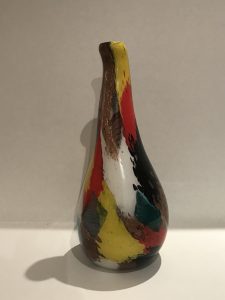
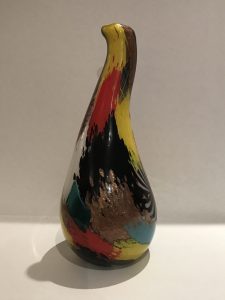
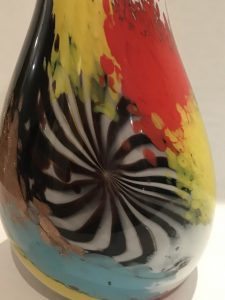
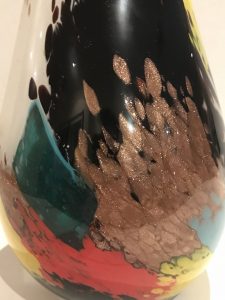
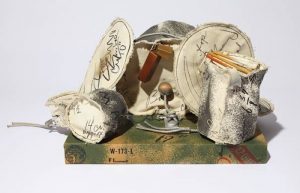
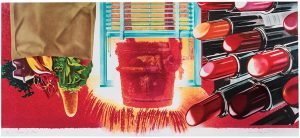

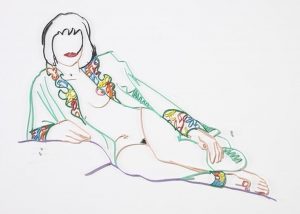 Tom Wesselmann
Tom Wesselmann

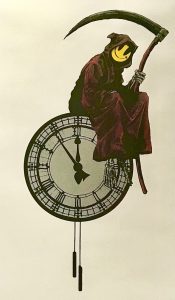
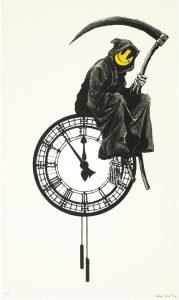

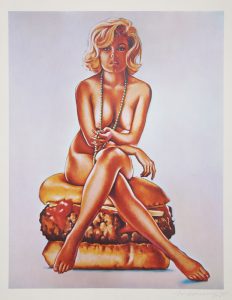 Mel Ramos
Mel Ramos